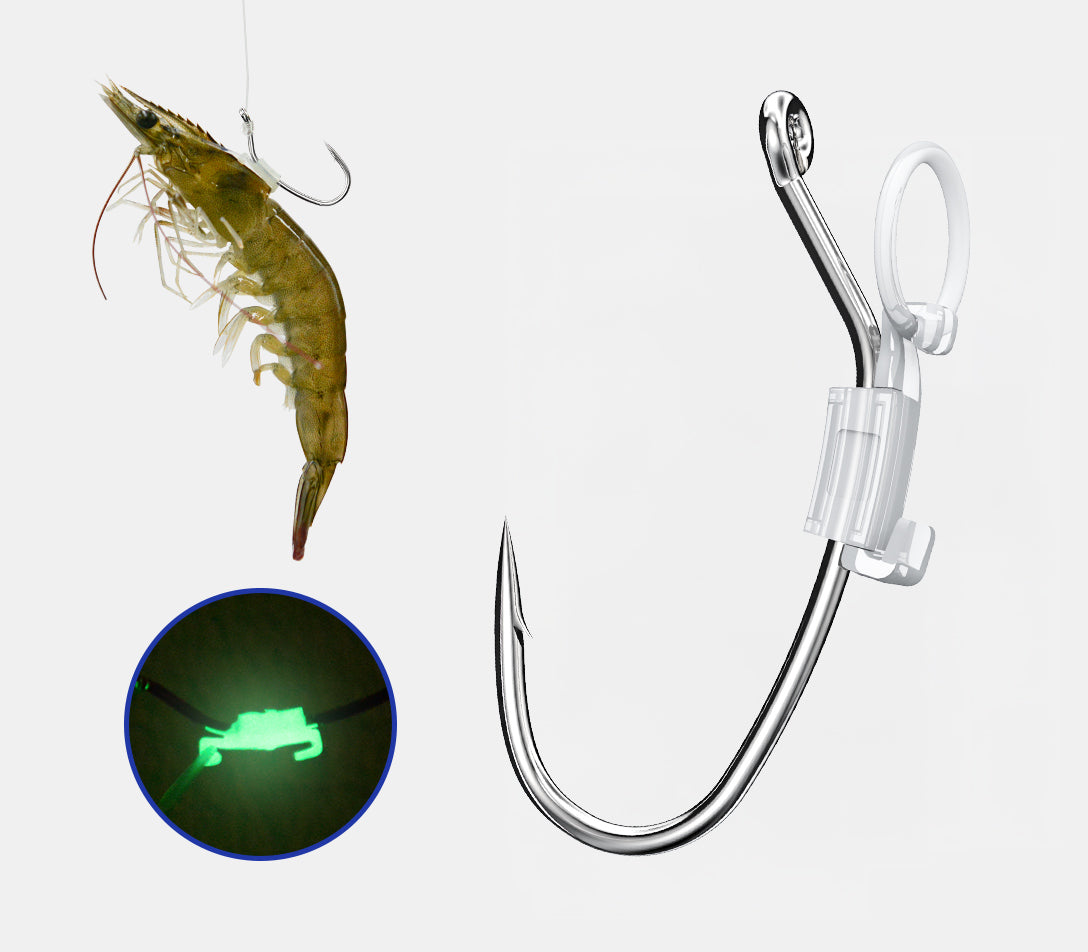🎣 Quick Answer
Most beginners think fishing is all about luck — but 90% of lost catches come from avoidable mistakes. Whether it’s choosing the wrong bait, using weak knots, or fishing at the wrong time of day, these small errors can ruin your trip. Here’s how to fix them before they cost you your next big catch.
Introduction
Every angler starts somewhere — and every angler makes mistakes. The good news? Most fishing errors are easy to fix once you know what to look for. This guide breaks down the ten most common beginner mistakes and how to avoid them, so you can spend less time untangling lines and more time catching fish.
🎯 The 10 Most Common Mistakes (and How to Fix Them)
1. Using the Wrong Fishing Line
Different lines serve different purposes. Many beginners use cheap or mismatched lines — too thin for big fish, or too thick for sensitive bites.
Fix: Use 8–10 lb monofilament for general freshwater fishing, and replace your line every few months to avoid breakage.
2. Choosing the Wrong Bait
Not all fish go for the same bait. Some beginners grab whatever’s on sale, only to find the fish aren’t interested.
Fix: Match your bait to your target species. For all-around use, Kanama Smart Bait Mini is a great choice — it mimics live prey movement and works in both clear and murky waters.
3. Tying Weak or Wrong Knots
Even a strong line can fail with a bad knot. Loose knots cause slippage, tangles, and heartbreaks when a big fish bites.
Fix: Learn simple, reliable knots like the improved clinch knot or Palomar knot — and always moisten your knot before tightening.
4. Fishing at the Wrong Time of Day
Fish are more active at certain times. Many beginners fish in the middle of the day when fish are resting deep.
Fix: Go early morning or late evening. Light changes trigger feeding — that’s when you’ll get more bites.
5. Ignoring Weather and Water Conditions
Fish respond to temperature, light, and pressure. Cloudy skies and calm water often mean better fishing.
Fix: Track weather apps or local forecasts. After rain or during overcast days, fish tend to come closer to the surface.
6. Casting Too Far (or Too Short)
Many think “further is better,” but fish often stay near structure — rocks, docks, or weeds.
Fix: Aim for accuracy over distance. Cast near visible structures where fish like to hide and ambush prey.
7. Not Checking the Hook Sharpness
A dull hook slips right out of a fish’s mouth.
Fix: Test it by gently scratching your nail — if it slides, it’s dull. Replace or sharpen it before your next trip.
8. Overcomplicating the Setup
Beginners often pile on too many swivels, weights, and fancy lures. More isn’t better — it just increases tangles.
Fix: Keep it simple. Use one hook, one sinker, one bobber. If you’re using Smart Bait, you don’t need multiple rigs — its built-in motion already attracts fish.
9. Not Taking Care of Gear After Fishing
Leaving gear wet causes rust, mold, and weak lines.
Fix: Rinse everything in freshwater after each trip — especially if you’ve been in saltwater. Let your rod, reel, and bait air dry before storage.
10. Forgetting to Charge Smart Gear
Smart lures and lights work wonders, but only if charged. Some anglers forget to check batteries before a trip.
Fix: Charge your Smart Bait and Smart Fishing Light the night before — both are USB-rechargeable, so you’ll always be ready.
💡 Bonus Tip: Fish Smart, Not Hard
Fishing success isn’t about spending more money — it’s about paying attention to detail.
Every knot tied right, every hook sharpened, every cast aimed properly adds up to success.
With smart tools like Kanama Smart Bait, you can make every cast count — less waiting, more catching.
✅ Takeaway Summary
- Use the right line, knot, and bait for your conditions.
- Fish early or late, not under harsh midday sun.
- Keep your gear simple, clean, and charged.
- A smart setup saves time, frustration, and money.
❓FAQs
- Q1: What’s the most common beginner mistake?
- Using the wrong bait or fishing line. Most issues come from poor matching between gear and target species.
- Q2: How can Smart Bait help new anglers?
- It replaces multiple lures — with lifelike motion and sound waves, you’ll attract fish faster even if your casting isn’t perfect.
- Q3: How often should I change my fishing line?
- Every 3–6 months, depending on how often you fish. Sunlight and stress weaken the line over time.
- Q4: Do I need expensive gear to fish well?
- Not at all. It’s more about technique and using smart, versatile equipment — like Kanama’s multi-use baits.















